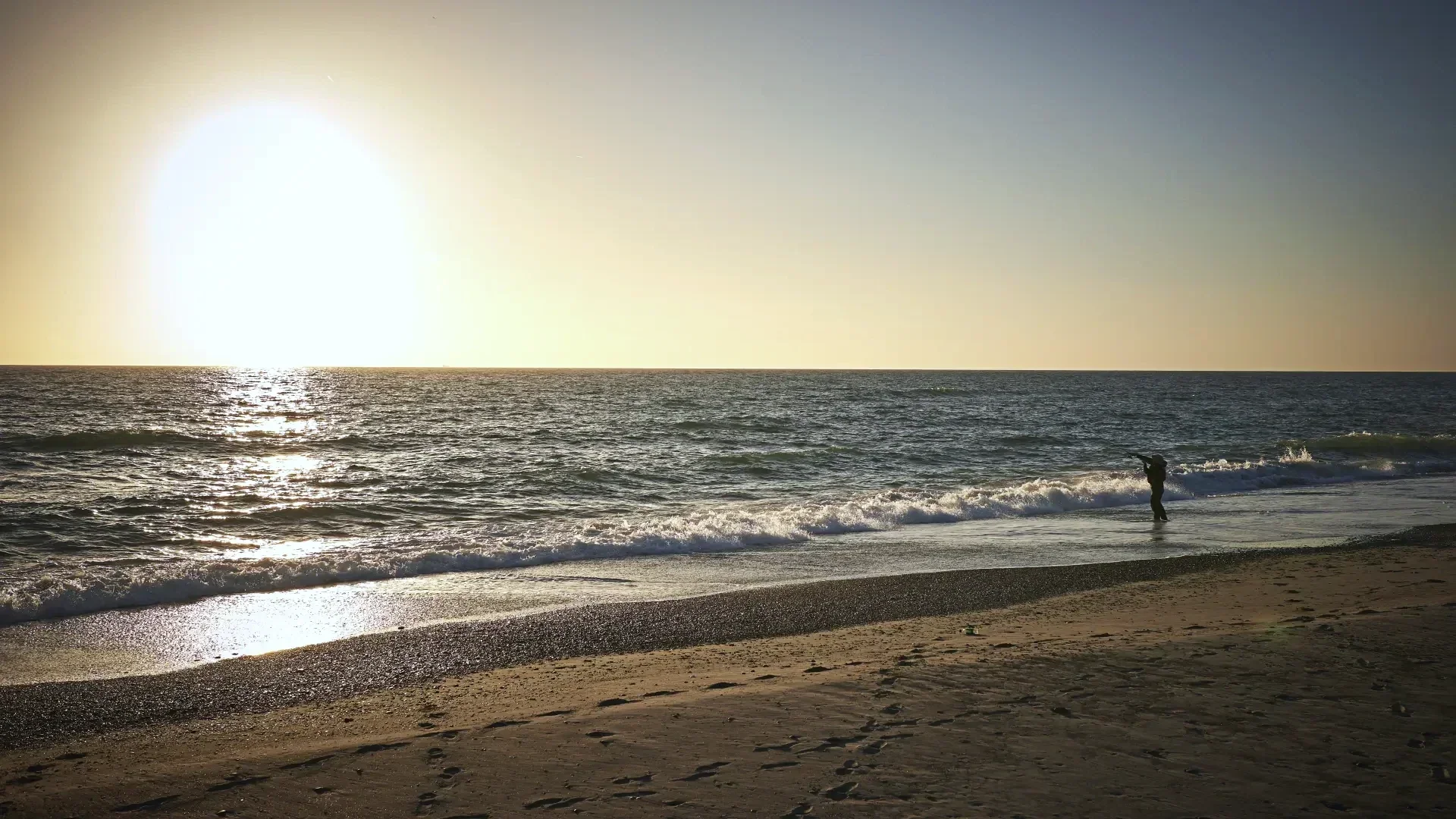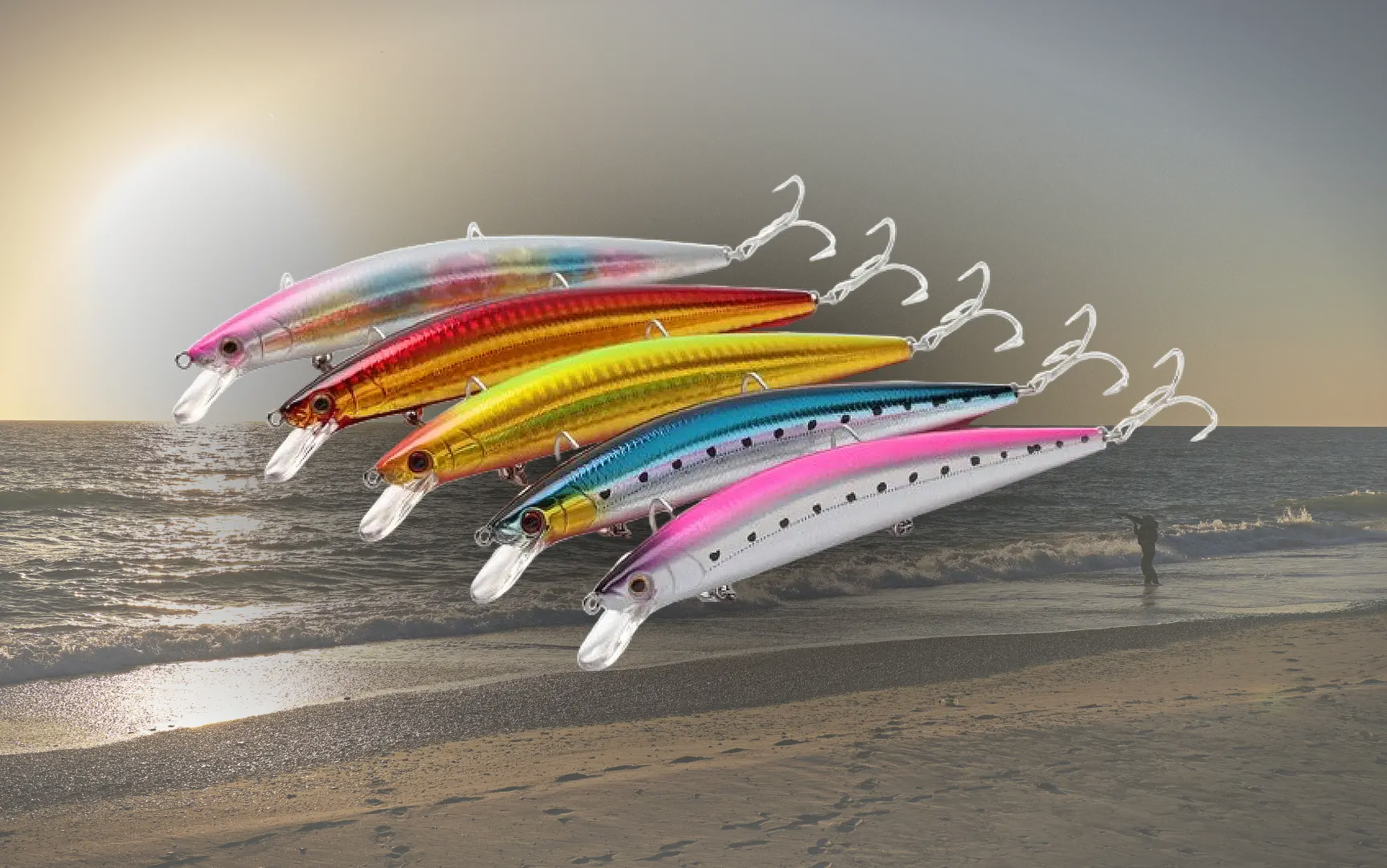
15 Types of Trout Structure to Target
Regardless of the fish you’re pursuing, there’s one maxim you need to take to heart: fish will cling, positively cling, to structure.
Structure is shelter, but it is more than that. Structure holds bait, and also provides a point of ambush for the predator. That’s what trout are: predators.
So, find the structure and you will find the fish. Pack your trout fishing rod and get ready to hit the stream - here are 15 types of trout structure to target.
Undercut Banks
Undercut banks, which are usually deeper than surrounding areas, usually house slow moving water and, more importantly, fish. Drop your trout fishing lure right up against the bank, let it sink or pause for a second, and begin your retrieve. Don’t be surprised if you get thumped, and get thumped hard.
Pools and Deep Pockets
Any area of a stream, creek or river where the water gets dark or opaque and the current seems to slow a bit is a key indicator that you are looking at a pool or pocket of slightly deeper water. Oftentimes trophy trout will lurk at the bottoms or edges of these pools just waiting for hapless bait to drift by. Present your lure - then hold on tight to your trout fishing rod.
Riffles
Riffles are areas in moving water - streams and creeks - where there is a bit of turbulence in the water. Riffles knock small fish, invertebrates and other bait all over the place, but big trout hold steady in ambush. Cast your trout fishing lure just upcurrent and work it downstream through the riffle - you might be surprised by the result.
Submerged and Partially Submerged Rocks
Partially and fully submerged rocks and boulders are among the best trout structure of all, and more than any other type of structure mentioned here routinely hold big fish. Work your lure around submerged rocks, as well as up and downstream of them, and be ready for the strike.

Downed Trees and Logs
Downed trees and logs, like submerged rocks, are also excellent trout structure, and they have one advantage; a downed tree, with all its limbs and branches, offers more surface area than a rock or boulder. Sometimes, downed trees can hold not just a few stragglers, but whole communities, even schools of fish. Never miss a chance to target a downed tree; they are goldmines.
Overhanging Trees
Overhanging trees are not generally as productive as downed trees, but they still represent excellent trout structure that you can and should target at every possible opportunity. Trout will sit underneath trees not only because they provide overhead shelter, but because they will lie in wait for insects and other invertebrates to invariably fall out of the tree and into the water - an easy meal for them, and a prime opportunity for you.
Dropoffs
Dropoffs, especially steep dropoffs at lake edges where the beds transition to deeper water, are also excellent areas to target for trout. If you exhaust your shoreline structure and think the fish might be holding deeper, go for the dropoffs.
The Outside of Stream Bends
The outsides of stream bends are sometimes too shallow to target, but other times it’s the outside that’s deeper and the inside that’s shallow. When this is the case, the outside is the section to target.
Stream Inlets
Anywhere you have a smaller feeder stream emptying into a larger body of water, you have a perfect opportunity to take advantage of hungry trout. Trout will sit at the mouths of feeders waiting for the lazy current to carry them bait - drop your trout fishing lure right near the mouth and get ready for a battle.
Tail-Outs
The term tail-out usually refers to an area of water just behind a pool or riffle that becomes shallow for a short stretch before picking up again. Occasionally trout hang out here waiting in ambush; if the area immediately upstream doesn’t produce, target the tail-out.
Docks and Piles
If there are buildings along the shore of the lake or stream where you trout fish, don’t miss a chance to target the pilings or docks at the water’s edge. These, like downed trees, will often hold bait - and therefore will also hold big trout.
Conflicting Currents
Not all structure is hard, physical structure. Anywhere you find converging or conflicting currents, small fish and other bait will be buffeted about. Normally there will be larger, predatory trout nearby to take advantage of that.
Shorelines
Don’t forget - the whole shoreline is also a type of structure, and sometimes trout will simply cruise up and back along the shore looking for a meal.
Any Submerged Structure
Do you know of any areas where there’s a boat at the bottom of the lake or river? Or perhaps someone dropped a few cinderblocks or tires, or even a Christmas tree? All of these things can hold bait and therefore will also hold big predators - like trout.
Weed Beds and Margins
You don’t think of green, weedy water when you think of trout, but all the same, trout will take advantage of what structure is present to them, and if there are weedbeds, there will be bait, and therefore will be trout also.
Throw your trout fishing lure parallel to where the weeds meet open water, and you may catch trout - you’ll also catch pike and pickerel, if they’re in water, too.

Upgrade to a BFS Trout Fishing Rod Today
Now that you know about 15 types of trout structure to target, you should have a few spare aces up your sleeve the next time you hit the water, whether you fish lakes or streams.
If you’re looking for a new challenge next spring, or even for the fall when the water temperatures start to cool off, consider a BFS trout fishing rod, which will offer greater sensitivity, better casting accuracy, and control over your trout fishing lures. Explore our collection here and if you have any questions get in touch with us before you buy.


